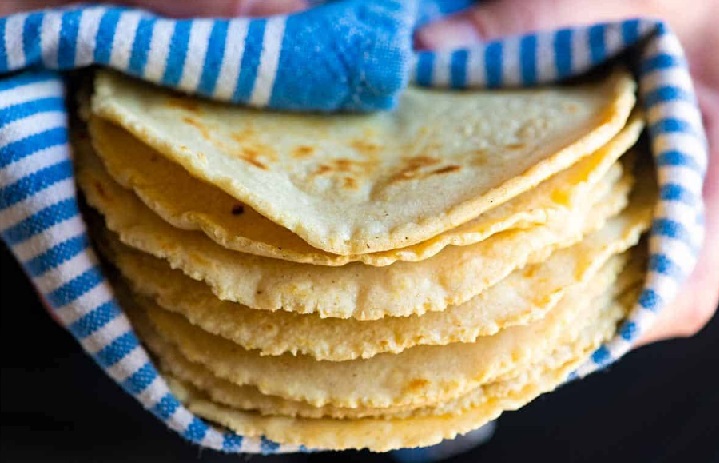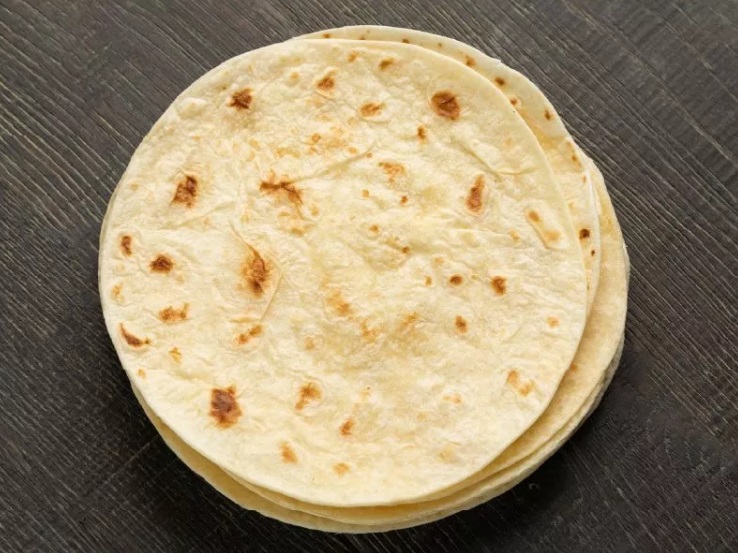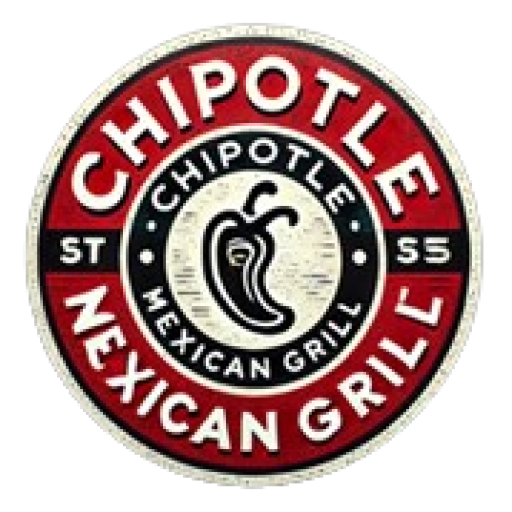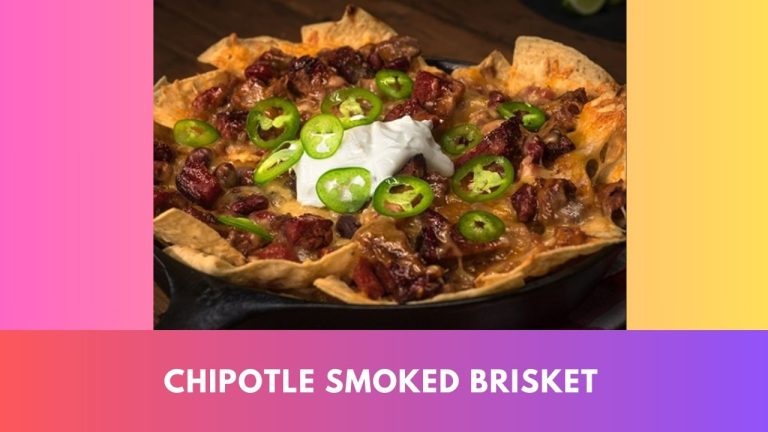Tortillas are a staple food in many cultures, particularly in Mexican and Central American cuisines. These thin, circular flatbreads have been a dietary cornerstone for centuries and have gained popularity worldwide. But what exactly is a tortilla, and why has it become such a beloved food item?
In this comprehensive guide, we’ll explore everything you need to know about tortillas, from their rich history to their versatile uses in modern cooking.
Table of Contents
.

The History of Tortillas
The tortilla’s history dates back thousands of years, with its origins deeply rooted in Mesoamerican culture. The word “tortilla” comes from the Spanish word “torta,” meaning “round cake.”
- Ancient origins: Tortillas were first made by the indigenous peoples of Mesoamerica, including the Aztecs and Mayans, as early as 10,000 BCE.
- Corn as the foundation: Initially, tortillas were made exclusively from corn (maize), which was considered a sacred crop.
- Spanish influence: After the Spanish conquest of Mexico in the 16th century, wheat was introduced, leading to the creation of wheat tortillas. Check out the Chipotle Mexican Grill menu made with tortillas.
Today, tortillas are enjoyed worldwide and have become an integral part of many cuisines beyond their place of origin.
Types of Tortillas
There are two main types of tortillas, each with its unique characteristics:
- Corn Tortillas
- Made from masa harina (corn flour)
- Gluten-free
- Smaller in size (usually 6 inches in diameter)
- Stronger corn flavor
- More pliable when warm
- Wheat Tortillas
- Made from wheat flour
- Contains gluten
- Larger in size (up to 12 inches in diameter)
- Milder flavor
- More elastic and easier to fold
Additionally, there are variations and specialty tortillas:
- Whole wheat tortillas: Made with whole wheat flour for added fiber and nutrients
- Spinach tortillas: Infused with spinach for a green color and subtle vegetable flavor
- Tomato tortillas: Flavored with tomato for a reddish hue and tangy taste
- Low-carb tortillas: Made with alternative flours like almond or coconut flour
How Tortillas Are Made
The process of making tortillas varies slightly depending on the type:
Corn Tortillas:
- Corn is nixtamalized (soaked and cooked in an alkaline solution)
- The corn is ground into masa (dough)
- The masa is formed into small balls
- Each ball is pressed or hand-patted into a flat circle
- The tortillas are cooked on a hot griddle (comal)
Wheat Tortillas:
- Wheat flour is mixed with water, salt, and sometimes fat
- The dough is kneaded and allowed to rest
- Small portions of dough are rolled into balls
- Each ball is flattened with a rolling pin or tortilla press
- The tortillas are cooked on a hot griddle
For more details on the traditional process, check out this informative video on tortilla making.

Nutritional Value of Tortillas
The nutritional content of tortillas varies depending on the type and preparation method. Here’s a general overview:
| Nutrient | Corn Tortilla (1 small, 30g) | Wheat Tortilla (1 medium, 49g) |
|---|---|---|
| Calories | 52 | 147 |
| Carbs | 10.7g | 24.8g |
| Protein | 1.4g | 4g |
| Fat | 0.7g | 3.7g |
| Fiber | 1.5g | 1.8g |
Tortillas also provide various vitamins and minerals, including:
- Calcium
- Iron
- Magnesium
- Phosphorus
- Potassium
- B vitamins
For those watching their calorie intake, corn tortillas generally have fewer calories than wheat tortillas. However, wheat tortillas often contain more protein and iron.
Related: How Much is Double Meat at Chipotle?
Popular Tortilla-Based Dishes
Tortillas are incredibly versatile and form the base of many delicious dishes. Some popular tortilla-based meals include:
- Tacos: Filled with meat, fish, or vegetables and topped with salsa, cheese, and other condiments
- Burritos: Large wheat tortillas wrapped around various fillings
- Quesadillas: Tortillas filled with cheese and other ingredients, then grilled
- Enchiladas: Tortillas rolled around a filling and covered with sauce
- Fajitas: Grilled meat and vegetables served with tortillas on the side
- Tortilla soup: A hearty soup topped with crispy tortilla strips
- Flautas: Rolled tortillas filled with meat or cheese, then fried
- Chilaquiles: A breakfast dish made with crispy tortilla pieces simmered in sauce
For a delicious and easy recipe, try making homemade chicken fajitas using fresh tortillas.
Storing and Reheating Tortillas
Proper storage is key to maintaining the quality of your tortillas:
- Room temperature: Store in an airtight container or plastic bag for 1-2 days
- Refrigerator: Keep in an airtight container for up to a week
- Freezer: Wrap tightly in plastic wrap and aluminum foil for up to 6 months
To reheat tortillas:
- Microwave: Wrap in a damp paper towel and heat for 10-15 seconds
- Oven: Wrap in aluminum foil and heat at 350°F (175°C) for 10-15 minutes
- Stovetop: Heat on a dry skillet for 30 seconds per side
- Steamer: Steam for 1-2 minutes until soft and pliable
Making Tortillas at Home
Making tortillas at home can be a rewarding experience. Here’s a simple recipe for wheat tortillas:
Ingredients
- 2 cups all-purpose flour
- 1/2 teaspoon salt
- 3/4 cup water
- 3 tablespoons olive oil
Directions
- Mix flour and salt in a bowl
- Add water and oil, mix until a dough forms
- Knead for 5 minutes, then let rest for 10 minutes
- Divide into 8 balls
- Roll each ball into a thin circle
- Cook on a hot, dry skillet for 1-2 minutes per side
Recipe Video
Tortillas in Modern Cuisine
While traditionally associated with Mexican and Tex-Mex cuisine, tortillas have found their way into various modern dishes and fusion recipes:
- Tortilla pizzas: Using tortillas as a thin, crispy pizza base
- Tortilla chips: Cut and fried tortillas served with dips or as a snack
- Wraps: Using large wheat tortillas for sandwich-style wraps
- Tortilla bowls: Shaping tortillas into edible bowls for salads
- Dessert tortillas: Sweet versions filled with fruit, chocolate, or cream
Chefs and home cooks continue to innovate with tortillas, creating new and exciting dishes that blend culinary traditions.
Also Read: Chipotle Burrito Bowl – All you Need to Know
FAQs
Are all tortillas gluten-free?
No, only corn tortillas and those specifically labeled as gluten-free are safe for people avoiding gluten.
Can tortillas be part of a low-carb diet?
Traditional tortillas are high in carbs, but there are low-carb alternatives made from almond or coconut flour.
How many calories are in an average tortilla?
It varies, but a 6-inch corn tortilla typically has 50-60 calories, while a 6-inch flour tortilla has about 90-100 calories.
What’s the difference between corn and flour tortillas?
Corn tortillas are made from corn masa and are typically smaller and more rigid. Flour tortillas are made from wheat flour and are usually larger and more pliable.
Can I make tortillas at home?
Absolutely! Homemade tortillas are delicious and often healthier as you can control the ingredients. All you need is masa or flour, water, and a bit of salt.
Related: Chipotle Take Out Menu With Prices
Conclusion
Tortillas are much more than just a simple flatbread. They are a versatile, nutritious, and delicious staple that has stood the test of time. Whether you prefer corn or wheat, homemade or store-bought, there’s a tortilla for every taste and occasion.
From traditional Mexican dishes to modern fusion creations, tortillas continue to play a significant role in kitchens around the world.
We hope this guide has answered your question, “What is tortilla?” and provided you with valuable insights into this beloved food item. Whether you’re a long-time tortilla enthusiast or new to the world of these versatile flatbreads, there’s always something new to discover and enjoy.
Have you tried making tortillas at home or do you have a favorite tortilla-based recipe? Share your experiences and ideas in the comments below!
More Topics:

